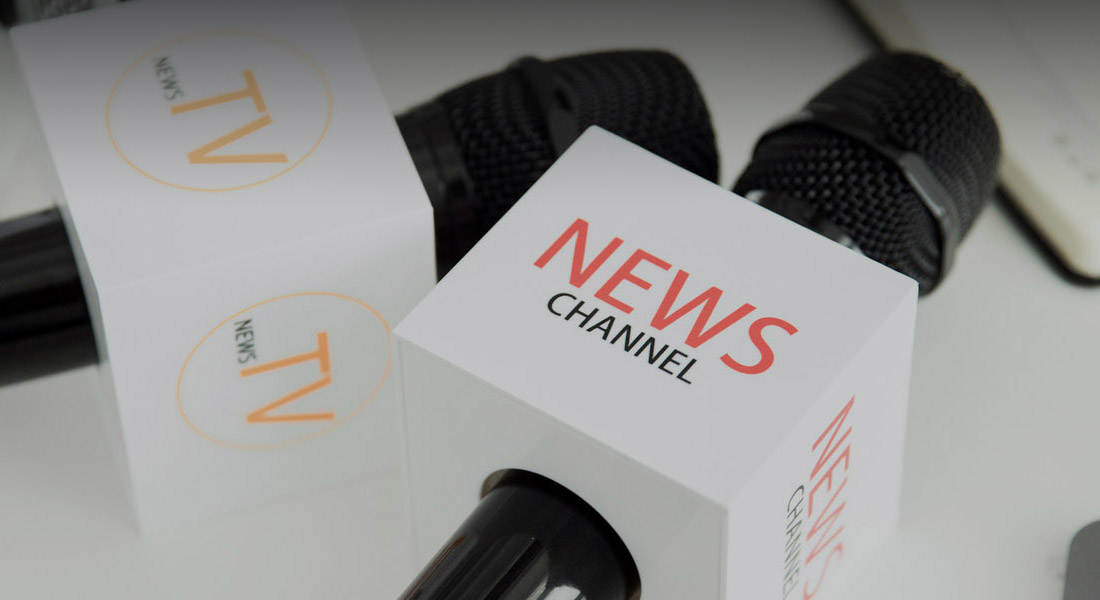Slewing gearboxes in extreme environments require specialized engineering to maintain performance across temperature extremes from -60°C to +80°C. In arctic applications, standard lubricants solidify and steel becomes brittle, while desert conditions accelerate wear through sand ingress and thermal expansion.
Environmental Adaptation Strategies:
-
Temperature-Specific Material Selection:
-
Arctic Applications: Nickel-chromium-molybdenum steels (e.g., 34CrNiMo6) with Charpy V-notch impact toughness > 45 J at -60°C
-
Desert Operations: Aluminum-bronone alloys for worm wheels with thermal stability up to 200°C
-
Marine Environments: Stainless steel components (AISI 316) with crevice corrosion resistance
-
-
Specialized Sealing Systems:
-
Multi-Layer Labyrinth Seals: Combining 3-5 sealing stages with intermediate grease pockets for abrasive environments
-
Cryogenic Seal Materials: Fluorocarbon compounds maintaining elasticity down to -55°C
-
High-Temperature Lip Seals: Fluoroelastomer materials (FKM) with continuous operation capability to 230°C
-
-
Environmental Testing Protocols:
-
Thermal Cycling: 500 cycles between -40°C and +85°C with functional testing at temperature extremes
-
Salt Spray Testing: 1000-hour exposure to 5% NaCl solution per ASTM B117 standards
-
Sand and Dust Ingress: IP6K9K testing with 2 kg/m³ fine sand concentration
-
Field data from Antarctic research stations shows that properly adapted slewing gearboxes maintain 98% availability despite temperatures plummeting to -55°C, compared to 35% availability for standard commercial units.

